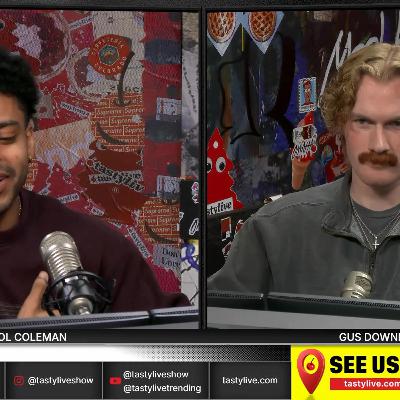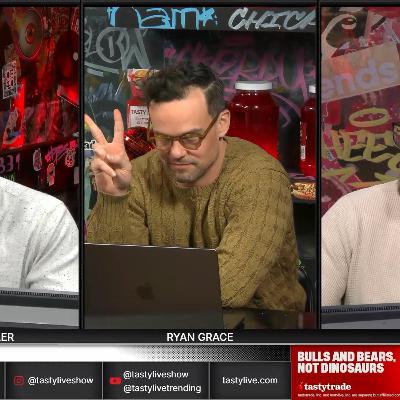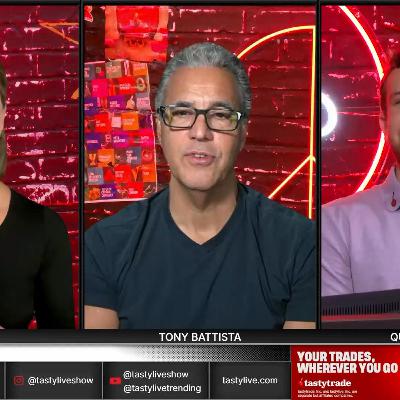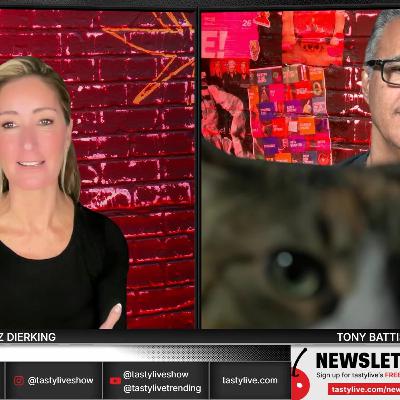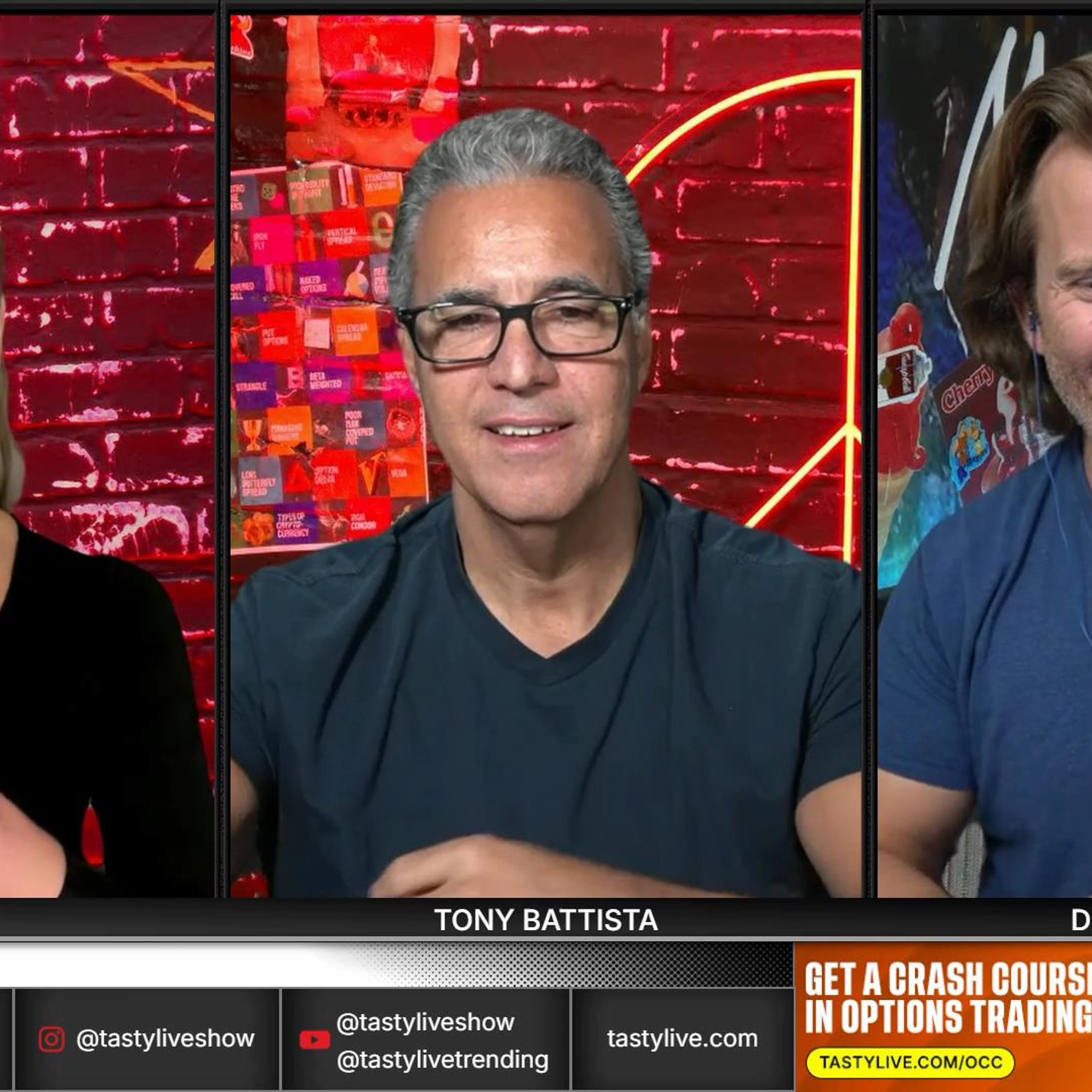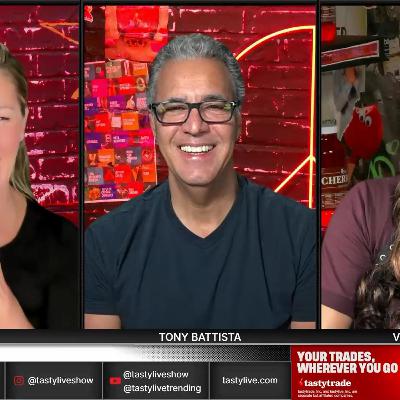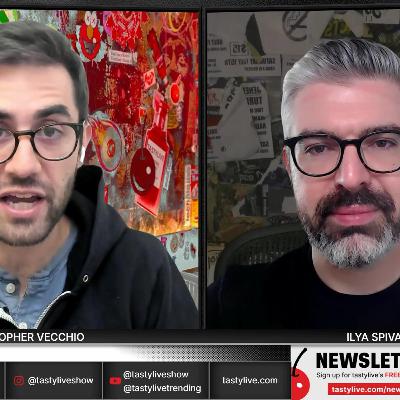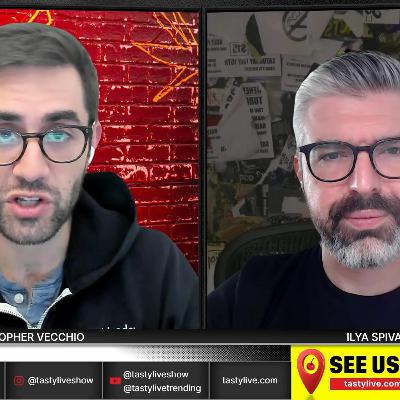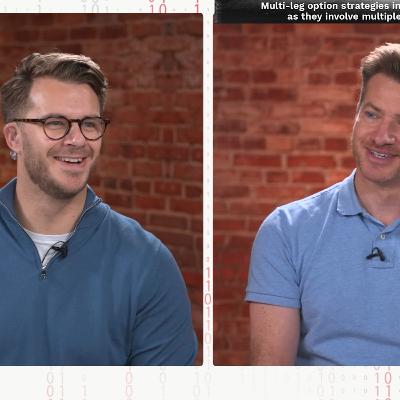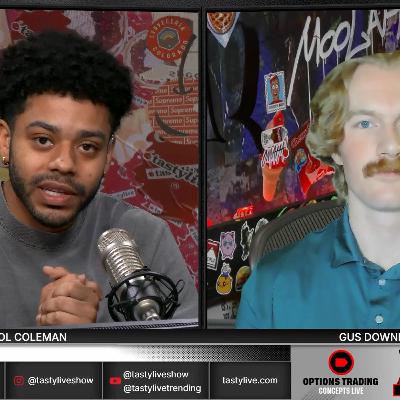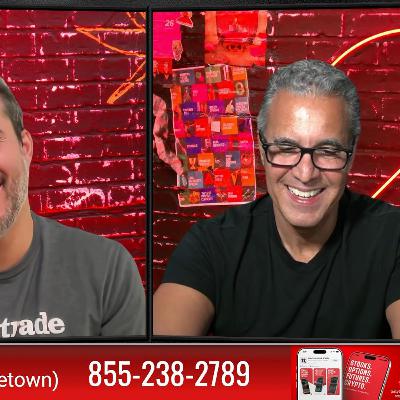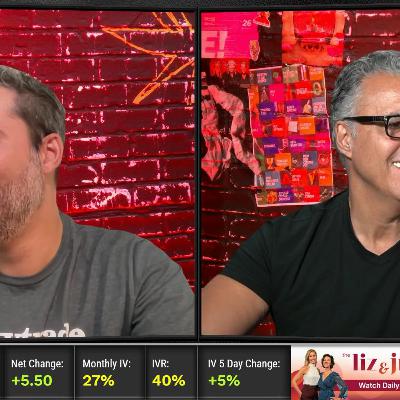Discover The tastylive network
The tastylive network

The tastylive network
Author: tastylive
Subscribed: 1,557Played: 1,727,127Subscribe
Share
© ℗ & © copyright 2013 - 2025 tastylive. All Rights Reserved.
Description
The tastylive network teaches investors innovative, simple ways to trade stocks, options, and futures, take advantage of market volatility and build a successful portfolio. Tom Sosnoff leads an irreverent and playful band of floor traders who are showing America a new way to quickly find low risk, high return strategies in bullish, bearish and sideways markets.
2412 Episodes
Reverse
Hosts Liz and Tony (joined briefly by Liz's cat Sandra Day O'Connor) examined why buying put protection consistently fails to enhance portfolio returns despite intuitive appeal. The analysis demonstrated that while long puts can work during corrections (April example showing potential $4,000 profit with perfect timing), the difficulty of consistent timing makes the strategy unprofitable long-term. Even with active management closing at 500% profit targets or 21 DTE, the married put portfolio trailed simple buy-and-hold SPY performance from 2013-2025, with median P&L negative and only 17% success rate. The hosts emphasized that selling calls provides limited downside protection (covering maybe 50% of expected move), while buying puts requires perfect entry timing that retail investors struggle to achieve. Their recommendation: reduce position size rather than paying for ongoing protection, noting that if consistently hedging with same strategy, simply cutting stock allocation achieves similar risk reduction without premium drain. The session featured Liz's humorous $800 Costco Prosecco recall refund story (nine months of case purchases) blamed for the stock's $7 decline.
Payment for Order Flow (PFOF) is overwhelmingly good for retail traders, as it breeds competition for their orders. As market makers and liquidity providers compete to be on the other side of retail orders, active traders win as fill prices improve.
Hosts Liz and Tony welcomed researcher Kai to analyze an exceptionally volatile week driven by broad market pullback rather than specific events. Thursday's dramatic action featured NVIDIA's positive earnings followed by 1.5% initial rally that completely reversed into 3% sell-off, creating the third-largest open-to-close downside move on record at 199 points. Kai's zero-DTE analysis revealed that mechanical 20-delta $20-wide iron condors closed profitably before 10:30am on four of five trading days, with only Thursday's relentless selling (no dip-buying) resulting in max loss. The hosts noted the 10:30am timeframe potentially coincides with European market close, creating natural inflection points. Earnings season statistics deteriorated to 47% winners with -0.3% average returns (down from typical 50-50 split), suggesting weaker-than-expected results. AMD led decliners down 15% with 48 IV rank creating opportunities, while Google rallied $12 toward new highs. The abbreviated Thanksgiving week features limited earnings (BABA, Best Buy) with markets closing Thursday and early Friday.
Volatility and Delta: Insights Amid Market Turbulence
In a high-volatility trading session, TP and Liz Deerking discussed key market dynamics affecting options pricing. With the VIX at 26.5, they analyzed how out-of-the-money options have become disproportionately expensive, affecting iron condor credit potential.
TP explained that while IV rank is important, absolute premium values matter more - "I pay my bills with dollars, not percents." He noted that far OTM options were trading 25-30 cents higher than days prior, showing market makers pricing in tail risk.
The duo explored how delta predictions break down near expiration, especially for at-the-money options, noting that gamma creates delta instability in short-dated options. TP shared his trading approach amid recent market swings: "You have to keep watering the account. If you have a losing day, I'm at it again today."
They also discussed how the probability of a Fed rate cut jumped from 40% to 74% overnight, potentially supporting the market rebound.
The discussion highlighted earnings season strategies, noting volatility typically increases fourfold on earnings days. Recommended approaches included defined-risk strategies like iron condors with position sizing at 5% of account value, and treating earnings plays as "engagement trades" with smaller allocations than standard positions.
Hosts Nick and Tony conducted an intense What's Your Assumption session focused on managing extreme intraday volatility ahead of NVIDIA earnings, with Nick executing multiple rapid NASDAQ futures scalps. The session opened with Nick demonstrating TastyFX platform features showing his painful Euro-JPY position but emphasizing small sizing discipline to withstand 500-buck moves. The QQQ trade featured a dynamic iron condor with 20-point wide put spread versus 10-point wide call spread at $4.75, with Nick getting filled as NASDAQ rallied 15 handles opposite his needed direction due to expanding volatility. The NASDAQ futures scalping showcased extreme conditions - Nick bought at 111, sold at 99 (20-handle gain in seconds), then bought back at 70 capturing another leg as markets whipsawed. Multiple passes included MSTR iron condor (Nick advocating directional spreads over neutral in volatile stocks), Chipotle 27-35 strangle (too cheap for Tony's underwater position), Dash (December markets $1.50 wide deemed untradeable), and EEM where Nick opted for 100 shares of stock at $52 rather than selling $1 January puts for minimal premium.


